The 1980s were an incredible time for technology, full of innovations that felt like they had been pulled straight out of a science fiction movie. From the earliest portable computers to high-tech watches and talking toys, these gadgets made us feel like we were living in the future. Some of them were clunky by today’s standards, but at the time, they were mind-blowing, and we couldn’t wait to get our hands on them. Let’s take a look back at 15 tech gadgets from the ’80s that once seemed impossibly futuristic.
1. The Sony Walkman (1979–1980s)
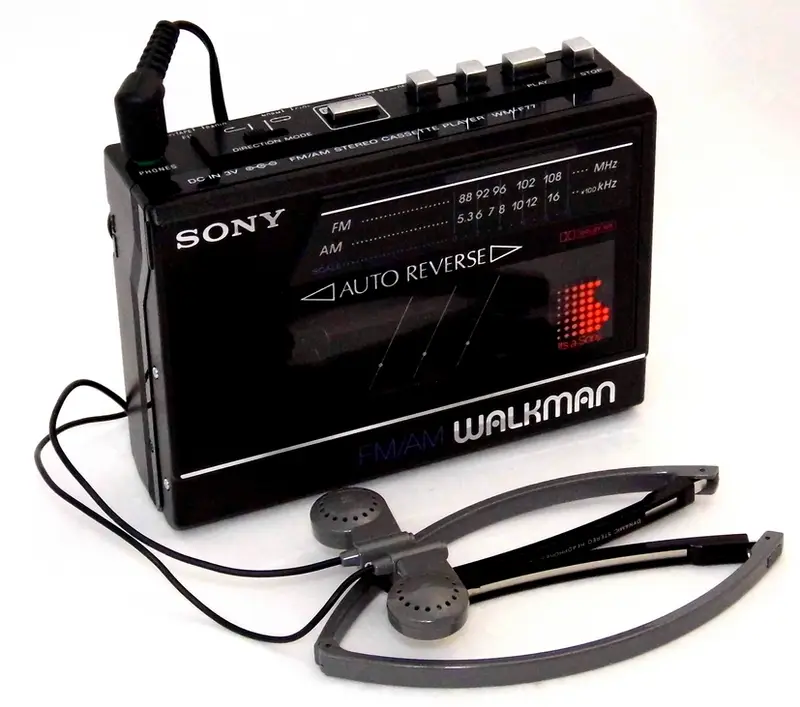
Before the Walkman, music was tied to home stereos and car cassette decks, but this little device changed everything. Suddenly, you could take your tunes with you wherever you went, making long walks, bus rides, and workouts infinitely cooler. The ability to swap out cassette tapes and control your own playlist on the go felt revolutionary at the time. The Walkman wasn’t just a gadget—it was a cultural icon that defined personal music for a generation.
2. The Compact Disc and CD Player (1982)

When CDs first hit the market, they felt like a glimpse into the future of music. No more rewinding tapes or worrying about scratches on vinyl—just crystal-clear digital sound that could start playing instantly. The first CD players were expensive, but they quickly became must-have devices as the format took over. We all marveled at how sleek and high-tech CDs looked, never realizing we’d one day stream music straight from our phones.
3. The Casio Calculator Watch (1980s)
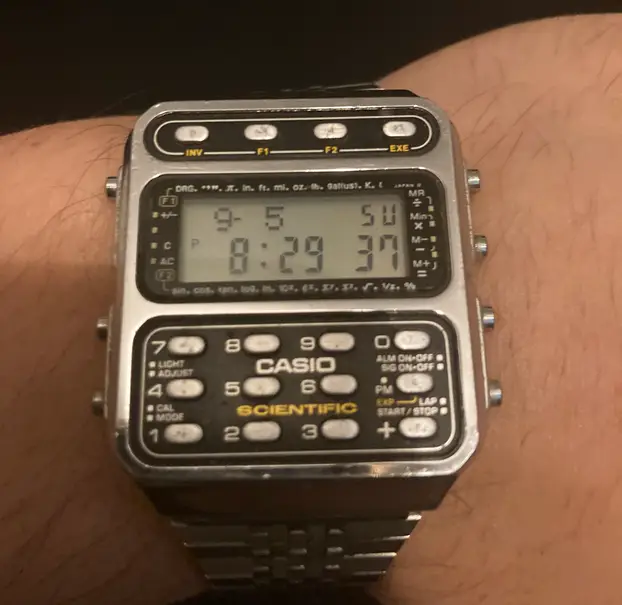
A watch that also doubled as a tiny calculator? In the ’80s, that felt like the ultimate piece of wearable tech. Whether you were crunching numbers in math class or just showing off to your friends, these watches made you feel like a secret agent. It may seem simple now, but back then, having a computer on your wrist felt like something straight out of Star Trek.
4. The Speak & Spell (1978–1980s)
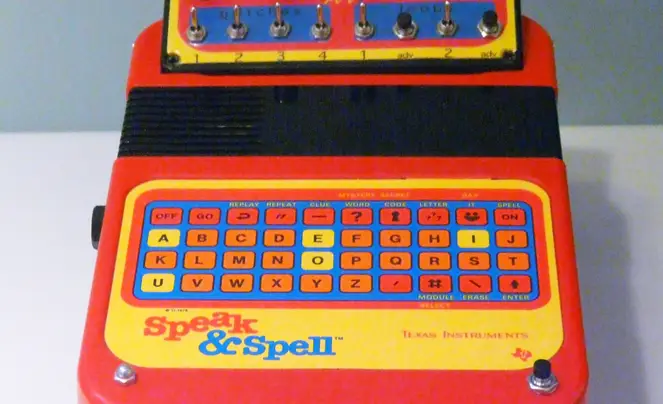
This electronic learning toy was the closest thing to having a talking computer in your hands. The Speak & Spell used digital voice synthesis to help kids learn to spell, and hearing that robotic voice felt almost magical. It had a futuristic design and a high-tech vibe that made it stand out from other educational toys. Looking back, it was one of the first real glimpses of AI-powered learning.
5. The Nintendo Entertainment System (NES) (1985)
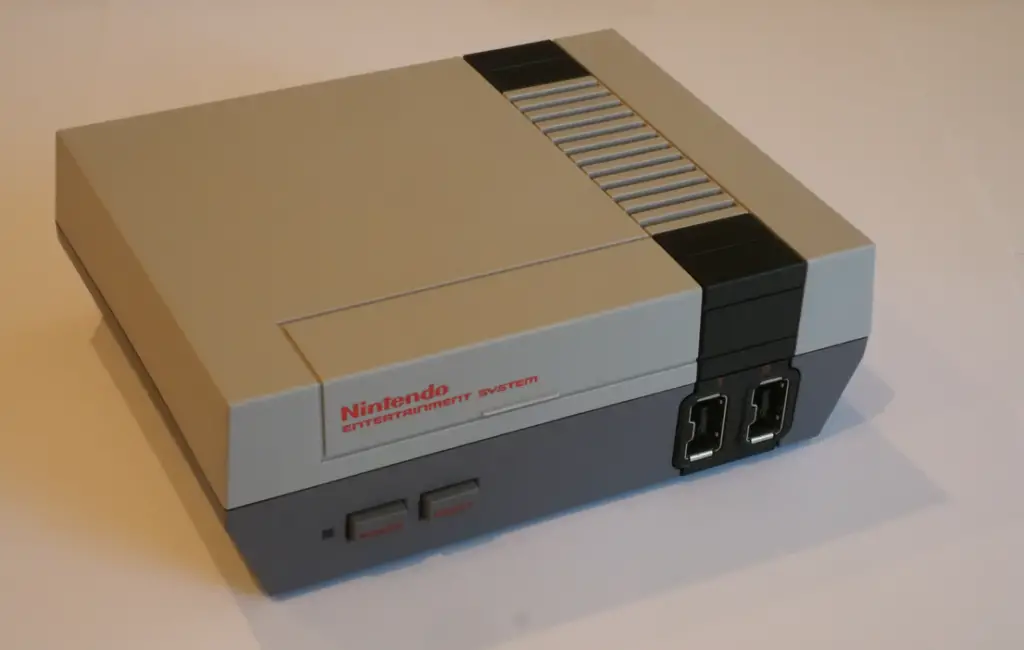
When the NES hit shelves, it made every other home gaming system feel like a relic of the past. The graphics, the sound, and the smooth gameplay were light-years ahead of the blocky visuals of earlier consoles. It felt like an arcade had landed in your living room, complete with unforgettable games like Super Mario Bros. and The Legend of Zelda. The NES didn’t just seem futuristic—it set the stage for the entire future of home gaming.
6. The VHS Camcorder (1980s)
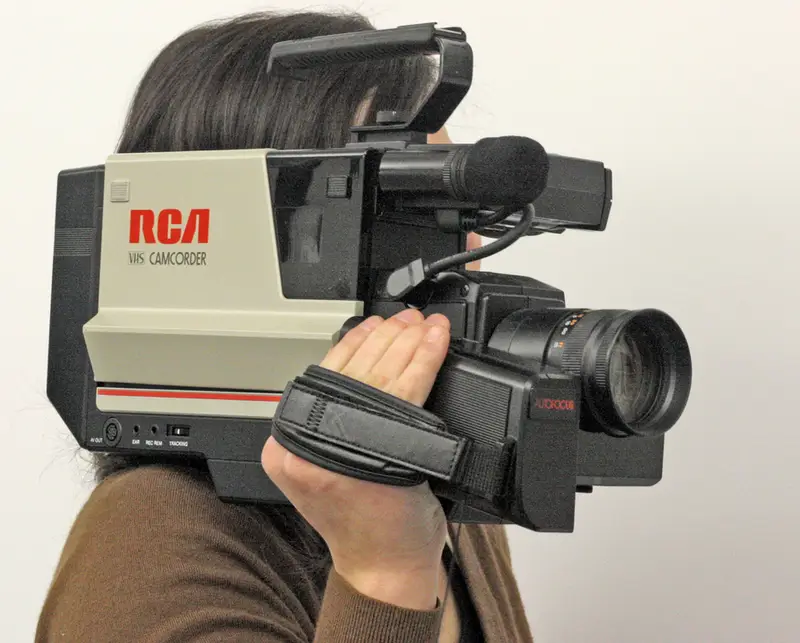
Before camcorders, recording home videos meant using giant, film-based cameras that were anything but convenient. When VHS camcorders hit the market, they made capturing everyday moments easier than ever, bringing home movies into the modern era. These bulky, over-the-shoulder machines may have been heavy, but they gave families a way to preserve their memories like never before. Seeing yourself on TV felt like science fiction, and we couldn’t get enough of it.
7. The Sony Watchman (1982)

The idea of a pocket-sized television was mind-blowing in the early ’80s. The Sony Watchman made it possible to watch live TV anywhere, from the backseat of a car to the breakroom at work. The black-and-white screen was tiny, but the fact that it worked at all felt revolutionary. It was one of the first signs that portable entertainment was the way of the future.
8. The Casio Portable TV (1985)
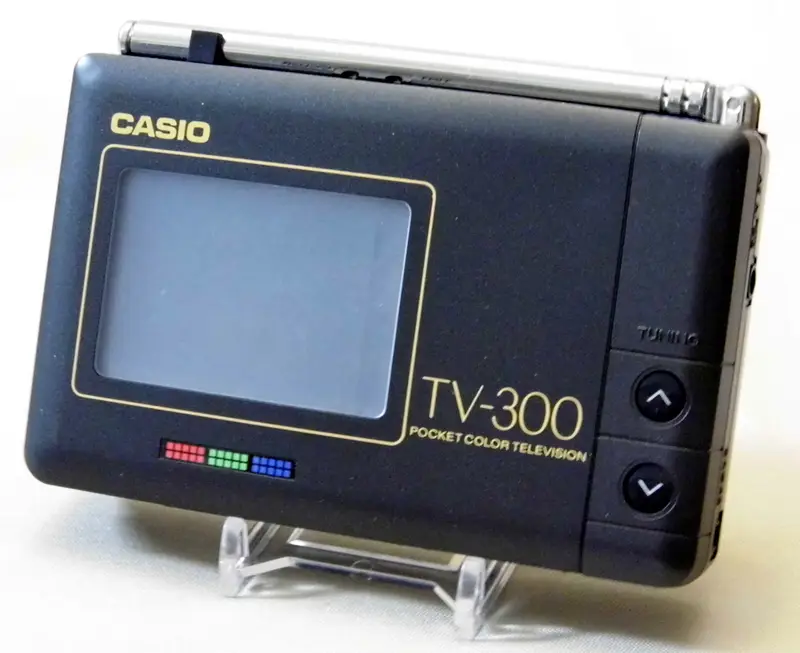
The Watchman wasn’t the only attempt at a portable television—Casio took it a step further with color screens. While the image quality wasn’t exactly high definition, it was incredible to think you could watch your favorite shows without being tied to a living room set. These little TVs even had extendable antennas, making them feel like gadgets straight out of a spy movie. In a world before smartphones, this was as futuristic as entertainment on the go could get.
9. The Clapper (1984)

Clap your hands, and the lights turn off—what could be more futuristic than that? The Clapper turned ordinary lamps and appliances into something that felt like they belonged in a high-tech home of the future. Even though the concept was simple, it amazed us that sound-activated devices were possible. For a while, it seemed like we were on our way to living in a world straight out of The Jetsons.
10. The Apple Macintosh (1984)
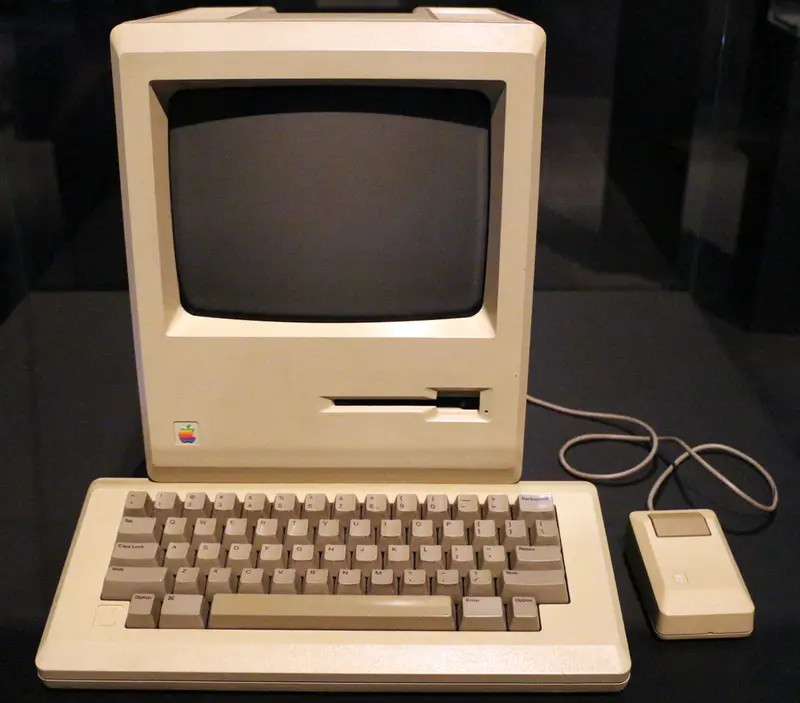
When Apple released the original Macintosh, it was unlike any computer we had ever seen. The friendly, graphical user interface and the innovative mouse made it feel accessible to everyone, not just tech nerds. The famous Super Bowl ad introduced it as a machine that would change everything, and it did. The Mac felt like the future of computing had arrived, and in many ways, it had.
11. The Atari 2600 (1977–1980s)
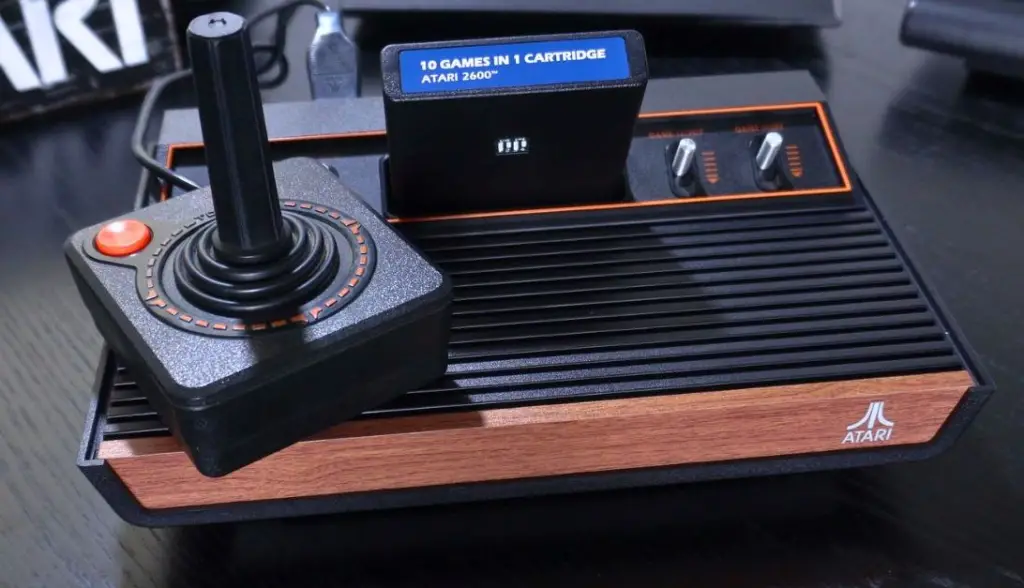
By the early ’80s, the Atari 2600 had revolutionized home gaming, making it possible to play arcade-style games in your own living room. Seeing pixelated spaceships, race cars, and adventurers come to life on your TV was thrilling. While the graphics were primitive by today’s standards, at the time, it felt like technology had reached new heights. It was our first taste of what video games could be, and we were hooked.
12. The Cordless Phone (1980s)
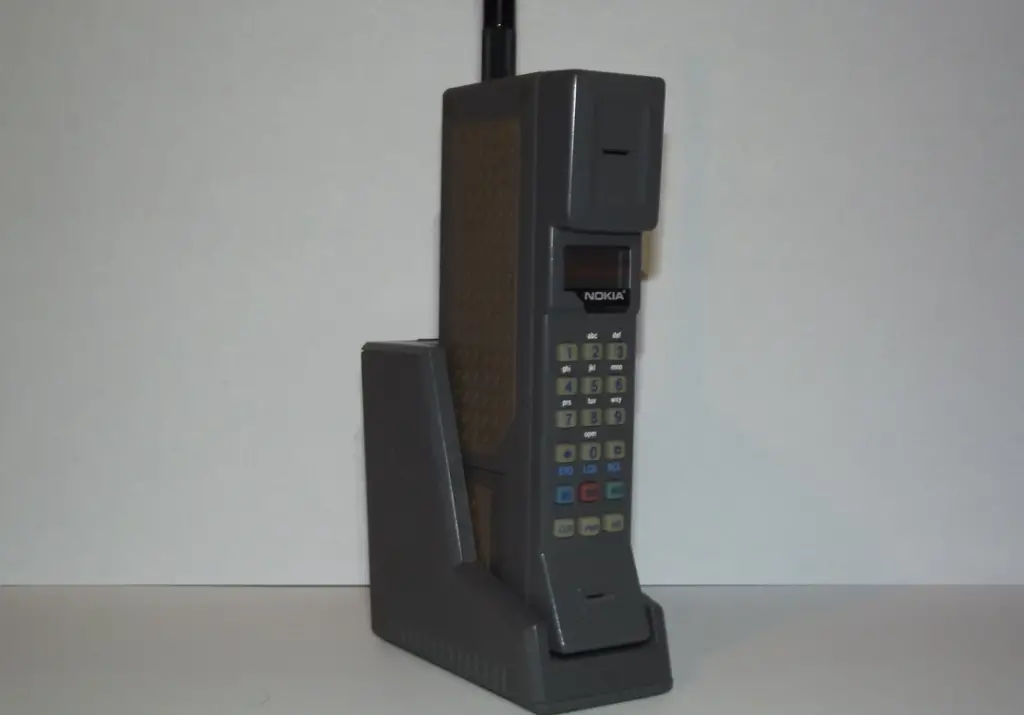
A phone without a cord? In the ’80s, that was the ultimate sign of futuristic living. No more being chained to the wall—now you could walk around the house while talking, making calls feel more high-tech than ever. It wasn’t quite a cell phone yet, but it was a major step toward the wireless world we live in today.
13. The Polaroid Sun 600 Camera (1981)

Instant photos felt like magic, and the Polaroid Sun 600 made it even easier. With its built-in flash and quick-developing film, it gave you a photo in your hands within minutes—no waiting for prints at a store. It was the height of instant gratification, and the futuristic-looking design made it feel even cooler. In a world before smartphones, this was the closest thing we had to instant memories.
14. The Boombox (1980s)
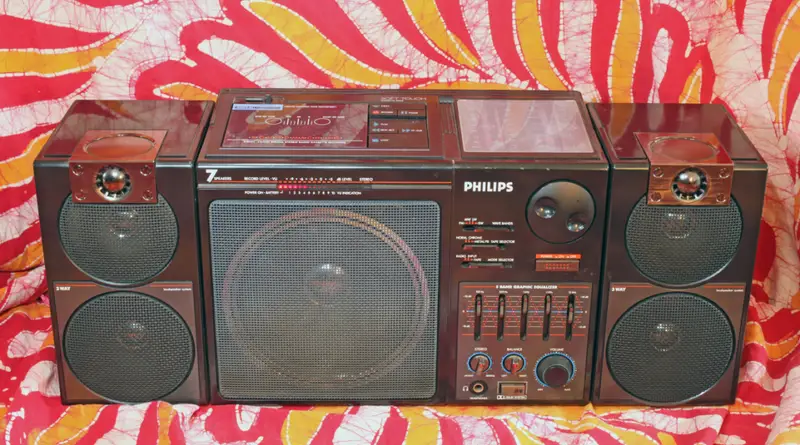
The bigger, the better—that was the rule when it came to boomboxes in the ’80s. These massive, high-powered stereos were not just about blasting music but also about making a statement. With built-in cassette decks, radio tuners, and even multiple speakers, they made us feel like walking DJs. Carrying one around was the ultimate way to show off your love for music and your high-tech gear.
15. The Electronic Typewriter (1980s)
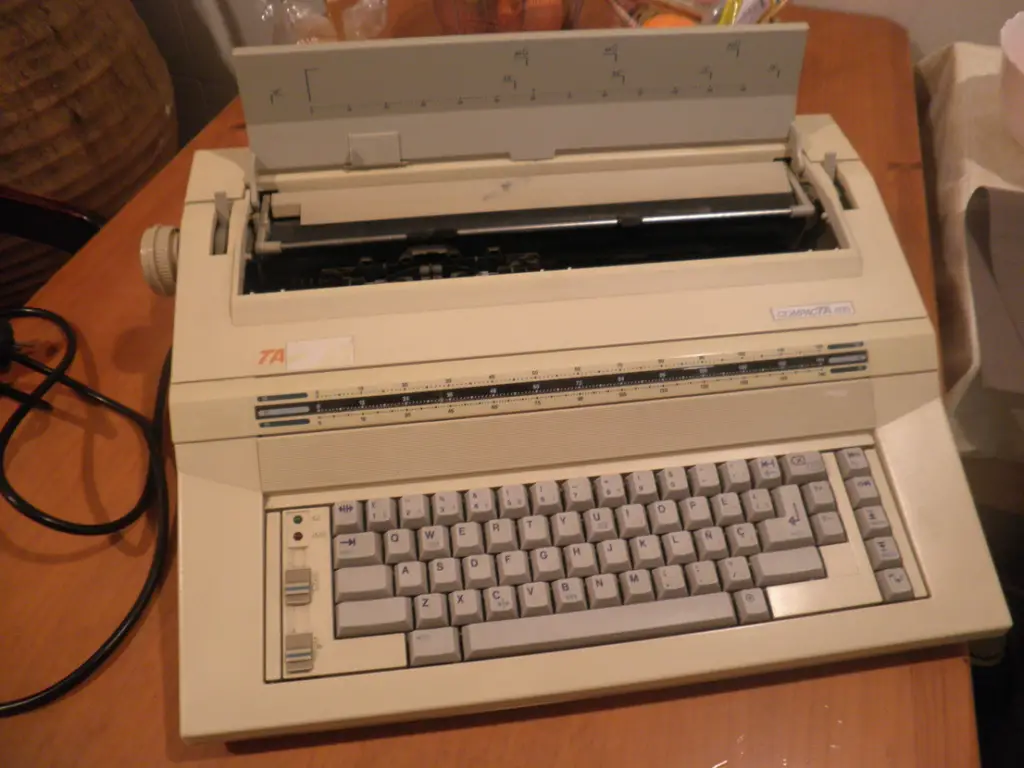
For decades, typewriters were clunky and mechanical, but in the ’80s, the electronic typewriter made writing feel futuristic. With built-in memory and even tiny screens on some models, they introduced the first hints of word processing. Compared to old-fashioned typewriters, these felt like something out of a sci-fi movie. It was the last step before computers fully took over, but at the time, it felt like a major leap forward.
The 1980s were a time when technology was just starting to reshape our daily lives, and these gadgets made us feel like the future had arrived. Some of them paved the way for the devices we use today, while others became nostalgic relics of a bygone era. Either way, they remind us of a time when every new piece of tech felt like a glimpse of what was possible. And even though we’ve moved on, we’ll always remember the excitement of living in the future—one gadget at a time.


